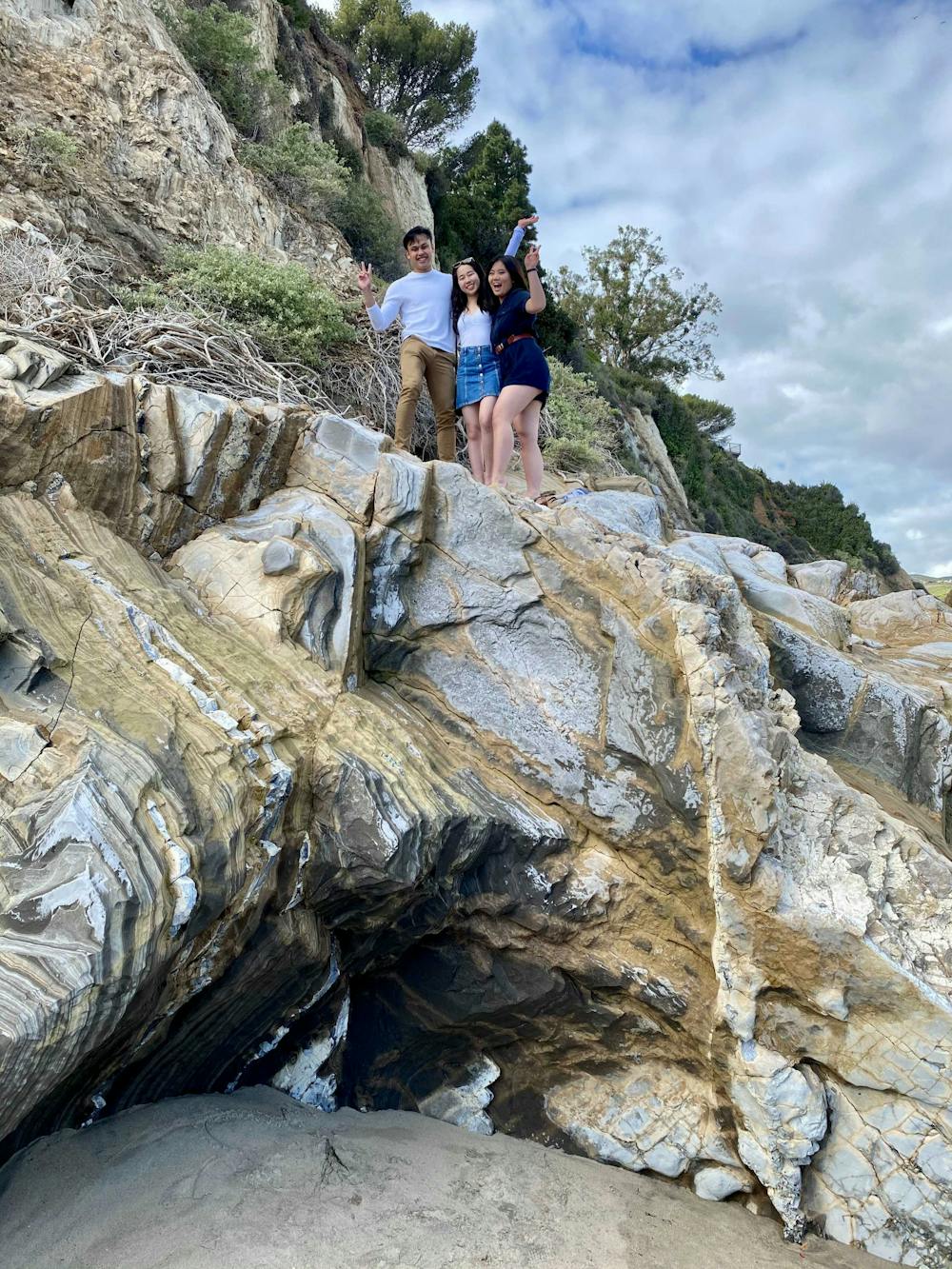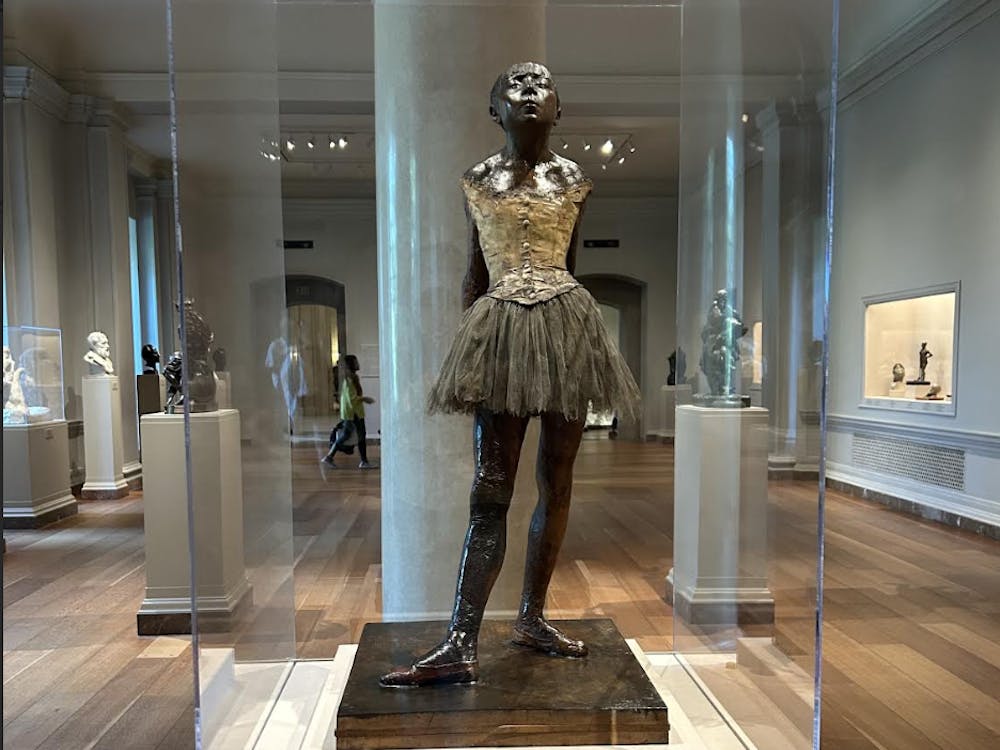
I still remember the whispers of a novel disease and the potential onset of a pandemic that crept through the quads of Hopkins a year ago. Among them was the speculation that all of us students might be sent home, which gradually became more likely as other universities announced that they were closing.
Safe in the Hopkins bubble, however, I remained in denial as to how bad the situation was getting. All of the news seemed to belong to some parallel dystopian universe that could only be found in books. None of us could have ever imagined the massive anguish and suffering that the virus would bring on a global level. Then the news came — I remember it as clear as day on March 10, 2020.
At a time when masks still weren’t the norm, my friends and I were having dinner at Nolan’s, debating whether Hopkins would actually send us all home. It was all that people could talk about for the past few days. “There doesn’t seem to be that many cases in Baltimore,” we were saying. At that time, I was still worrying about a midterm I would have the next day and preparing for my spring break trip to Los Angeles. Thoughts of having to pack up and leave campus indefinitely were the furthest thing from my mind.
But people started saying that Hopkins had posted an announcement on the Hub, almost an hour prior to when our phones simultaneously dinged notifying an email from the school. Enter: chaos. Telling a bunch of students that they have to pack up and leave without warning right before spring break is a recipe for disaster.
Students were left scrambling to figure out their plans, calling family and arranging with friends, amid the growing uncertainty of the pandemic. I remember that it still felt surreal, even in that moment. The email said we could potentially be back by April 12, and all of us naively believed that the virus was nothing to worry about.
But that hope of returning to campus by April 12 grew dim as time went on. We’ll be back by at least August, I would reason out. Okay, at least by the fall semester. That should give the U.S. enough time to get its act together. But no, here I am still at home taking remote classes one year later. Here I am, still having the same conversations with my friends of wishing that this pandemic will pass, reminiscing about past experiences and daydreaming about all the fun outings and places we would travel to “when this is all over.”
Fast forward, and it has already been a year since I have last been on campus. It has been a year since I’ve been able to enjoy walking across the Hopkins quads, clutching a warm coffee on the way to the Reading Room in Gilman to do work. It has been a year since I have been able to lie down on the Beach and relax with friends, go on food trips around Baltimore and look forward to traveling.
We may still be living through a moment in history that will be talked about for years to come, but the past year has already revealed so much about humanity. At the beginning of the pandemic, as the cases were rising and the public was protesting against having to stay indoors, I became increasingly frustrated with the world.
Why couldn’t people just stay inside? Was it so hard to wear a mask? Was it that much of a burden to follow public health protocols so we could get out of this pandemic quicker and save millions of lives? Many of these questions of mine still remain unanswered today.
It isn’t as if this feat isn’t possible. We’ve seen that places like China, Taiwan, Australia and New Zealand have successfully been able to open up. I understand that for more densely populated countries lacking adequate public health infrastructure and resources, it could be challenging to maintain social distancing practices. But for people to claim that not wearing a mask is a matter of personal freedom was appalling to me when there were hundreds of thousands of deaths being reported.
Thankfully, as the vaccines have been rolling out and case numbers are gradually going down, my frustrations are starting to ease. These negative feelings are still present, of course — I cannot look back at the year that everyone has lost without feeling some sort of anger — but simultaneously, the pandemic has also revealed the generosity and compassion that people can have for one another.
Amid all of the horrifying news about people refusing to follow protocol, there are little pockets of joy that can be found, such as surprise parties over Zoom, spontaneous photoshoots or more time with family and friends from home. From organizing food drives to rallying for racial justice to creating hundreds of new nonprofit organizations dedicated toward alleviating the devastations of COVID-19, it is comforting to see that there is still hope and goodness in the hearts of mankind.
There are still people willing to put the interests of the public good above their own in order to come together to bring aid to those who need it most. Of course, the sacrifice of the doctors, nurses and frontline workers is testament alone to this selflessness, as they continue to willingly put the lives of others above their own.
Even now, I still get a bit nostalgic for the early days of quarantine, when everyone was first starting to get on TikTok, learning to use Zoom, going on walks, baking banana bread or sourdough and making whipped coffee.
It was a time when people were still hopeful about the future, when public health professionals were predicting that the curve would flatten by summer, and we all naively believed them. It was a time of simplicity and finding small things to celebrate. It was a time when the most exciting thing that happened to me was when my grandparents and I got stranded in Korea for five days en route back home from the United States.
As we move forward, it is so easy to be angry at the world, but focusing on ways that the pandemic has brought humanity closer helps bring peace of mind that it is getting better. In the same way that the challenges of the Hopkins workload unites the Hopkins community, this pandemic is an adversity that has united humanity and will continue to be a pinnacle moment of retrospection throughout history.
Michelle Limpe is a sophomore from the Philippines studying Chemistry and Public Health. She is a News & Features Editor for The News-Letter. In her articles, she likes to reflect on finding the silver linings in life to give meaning to her struggles.





